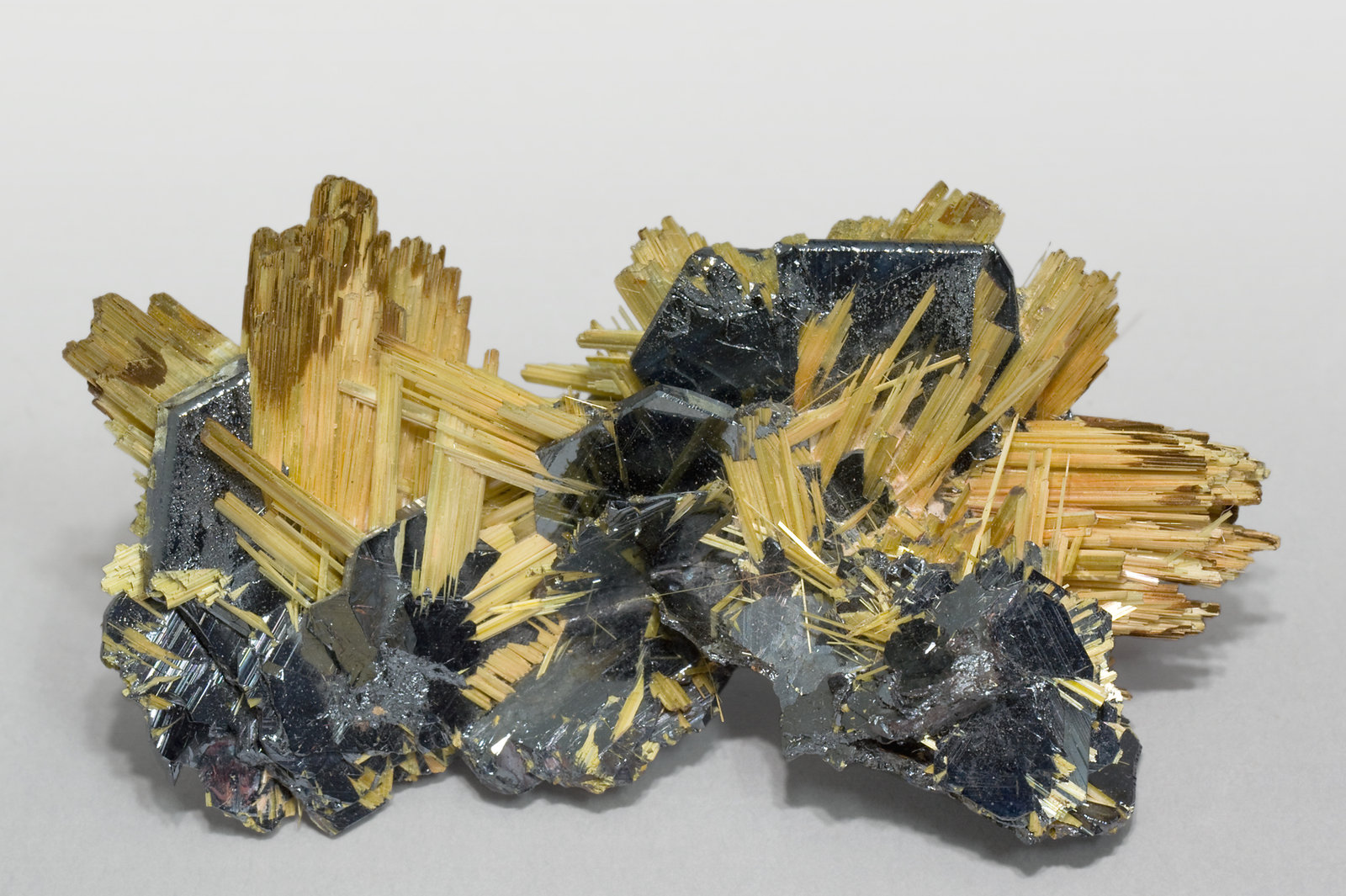Rutile, The Crystal of Dreams: Unveiling the Beauty and Properties of this Mesmerizing Mineral

Rutile is a captivating mineral with a history that stretches back thousands of years. Also known as "the crystal of dreams" or "titanium dioxide," rutile is a naturally occurring oxide of titanium. It forms in various environments and can be found in a range of colors, from golden yellow to reddish-brown and even black. In this blog, we will explore the mesmerizing properties of rutile, its geological significance, and the diverse applications that make it a sought-after mineral in various industries.
Rutile formation occurs during the crystallization of magma or the hydrothermal alteration of rocks. The presence of titanium-rich minerals and specific geological conditions play a crucial role in its creation. This makes rutile a valuable indicator mineral in geology, helping scientists decipher the geological history of a region.
One of the most captivating features of rutile is its unique needle-like crystal formations within other minerals like quartz, giving rise to the alluring "angel hair" effect. This phenomenon adds to the allure of gemstones, and rutile inclusions can enhance the value and beauty of certain crystals. Collectors and crystal enthusiasts are often drawn to these fascinating inclusions, making them a popular choice in jewelry.
The utility of rutile extends beyond its aesthetic appeal. Due to its high refractive index, rutile is used as a key ingredient in the production of optical elements like prisms and lenses, enhancing their light-bending properties. Moreover, the exceptional resistance to corrosion and its ability to absorb harmful ultraviolet (UV) radiation make rutile a vital component in sunscreens and UV-protective coatings for various materials.
Another remarkable application of rutile lies in the realm of ceramics and glazes. The addition of rutile to ceramic materials can create unique textures and color effects, resulting in exquisite pottery and decorative pieces. Furthermore, the electrical conductivity of rutile also makes it an essential component in the production of certain electronic devices and components.
In recent years, the demand for rutile has increased exponentially, driven by the ever-expanding field of nanotechnology. Rutile nanoparticles find use in various cutting-edge applications, including photocatalysis, energy storage, and as a reinforcing agent in advanced composite materials.
In conclusion, rutile is a captivating mineral with a rich geological history and a plethora of practical applications. Its striking visual properties, ranging from the angel hair effect to a wide array of colors, make it a favorite among crystal enthusiasts and collectors. Additionally, the versatility of rutile, stemming from its optical, electrical, and photocatalytic properties, positions it as a valuable commodity in modern industries. Whether we marvel at its beauty or benefit from its functional attributes, rutile continues to be a mineral of great significance, captivating both scientists and aesthetes alike.
Comments
Post a Comment